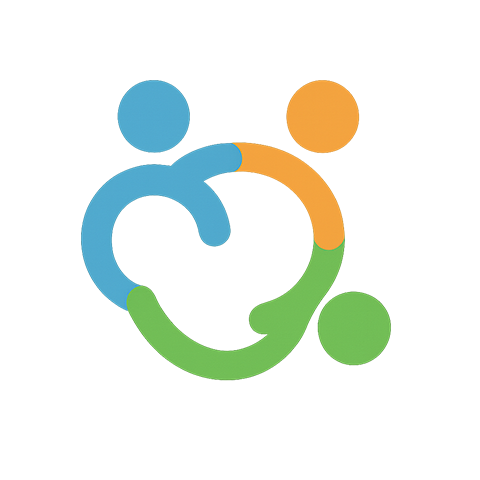
“Measuring Social Impact: A Key Tool for Development Success”
Measuring Social Impact: A Key Tool for Development Success
In our ever-evolving world, understanding the true effects of development initiatives is more crucial than ever. As we strive to create meaningful change, social impact measurement emerges as a fundamental tool. It empowers organizations and communities to gauge the effectiveness of their efforts, ensuring that no journey towards progress is taken lightly.
When we think about development, we often envision grand projects that promise to uplift those in need. However, the reality is much more nuanced. Each initiative, whether large or small, has ripple effects that extend beyond immediate goals. This is where the essence of social impact measurement comes in—providing clarity and focus amidst the complexity of social change.
The Heart of Social Impact Measurement
At its core, social impact measurement is about understanding and quantifying how actions translate into outcomes for individuals and communities. It involves tracking the benefits that arise from programs, such as improved education, enhanced healthcare, or empowering marginalized groups. But it’s not just about collecting data; it’s about listening to the stories behind the numbers.
Imagine embarking on a project to improve access to clean water in a rural area. Initially, the goal might simply be to install new wells. But through social impact measurement, you would assess how that access changes lives. Children can attend school more frequently, families enjoy better health, and the community can thrive. These insights reinforce the importance of your work and help to refine strategies over time.
Bridging Gaps Between Data and Real Life
One of the challenges of measuring social impact lies in bridging the gap between quantitative data and qualitative experiences. Yes, you can measure the number of wells installed or families served, but what about the intangible benefits? The laughter of children playing in clean water? The peace of mind that comes from knowing your family is healthy? These qualitative aspects capture the full scope of impact and should not be overlooked.
Effective social impact measurement transforms data into actionable insights. By employing diverse methods such as surveys, focus groups, and interviews, organizations can generate a comprehensive picture of their work. This responsiveness ensures that initiatives can adapt based on community feedback and evolving needs.
The Role of Stakeholders
Collaboration is pivotal in the realm of social impact measurement. Engaging stakeholders—be they community members, government bodies, or private partners—helps to create a shared understanding of goals and expectations. When everyone involved has a voice, the measurement process becomes more robust. This collective ownership not only fosters trust but also enhances the likelihood of success.
Moreover, stakeholders can play a crucial role in data collection and interpretation. Local knowledge and insights can often reveal aspects that external evaluators might miss, creating a more inclusive measurement framework. This participatory approach recognizes that those most affected by development efforts have valuable perspectives to offer.
The Future of Social Impact Measurement
As we look forward, the landscape of social impact measurement will continue to evolve with technological advancements and changing societal expectations. Innovative tools like data analytics, mobile surveys, and real-time feedback mechanisms offer exciting opportunities to capture impacts as they occur. This adaptability is vital, allowing organizations to remain agile and responsive to the shifting dynamics of communities they serve.
In summary, social impact measurement is not merely an organizational practice; it is a commitment to understanding the true essence of development work. It serves as a compass for navigating challenges, celebrating successes, and ultimately driving sustainable change. As we measure our impact, we also enrich our humanity, reminding us that behind every statistic lies a story of lives transformed.



